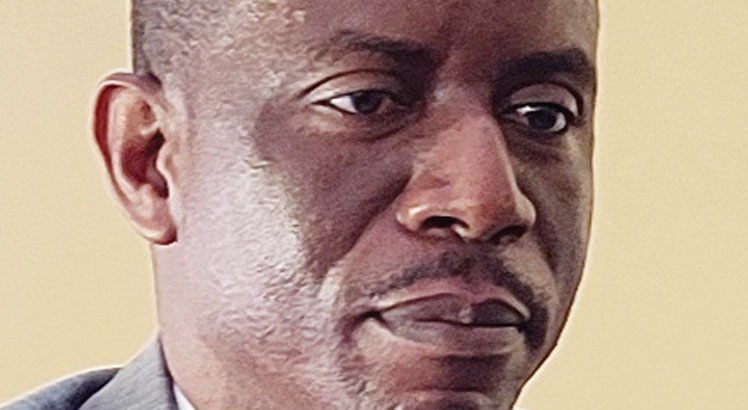Varsity selection under scrutiny
Malawi’s six public universities may have opened doors to a record 8 552 students this year, but about 10 000 other eligible candidates have not made it due to lack of space.
The situation has prompted quality education activists to challenge government to invest in infrastructure to ensure that access to university education is open to qualifying candidates.
The reactions follow an announcement by Ministry of Education on July 18 2023 that 8 552 generic students have been selected to public universities out of 18 471, meaning that about 46 percent have been left out. This year’s selection represents a 14.4 percent increase from 7 473 last year.
But in an interview on Wednesday, Civil Society Education Coalition (Csec) executive director Benedicto Kondowe said there is nothing to celebrate about the increase because the
discounts the gains. high number of those rejected “The high rejection rate implies that the right to education is under serious threat. These [rejected candidates] will have to look at the alternative which is parallel programmes where fees are at market price or private universities. For a poor child, it means they will have to opt out and have their dreams shattered. This is a disaster,” he said.

Kondowe urged the need to expand the exi s t ing infrastructure so that all eligible students are selected into universities or better still, consider expanding the public loan programme to such students and place under the parallel programme.
Meanwhile, Csec has also issued a statement appealing to government to critically look at the country’s education system which seems to disadvantage many.
In his reaction, educationist Steve Sharra attributed the jump in the enrolment to the unbundling of the public universities.
The Unicaf Universi ty associate professor and dean for education, social sciences and technology, responding in his personal capacity, said the tertiary enrolment rate in Malawi remains low and asked government to consider doing more in selecting students.
Said Sharra: “We are making slow progress towards increasing tertiary enrolment rate. We are at 2.5 percent, whereas the average for the Southern African region is 11 percent.
“We are aspiring to become a Lower Middle Income Country [LMIC] in seven years’ time. The average tertiary enrolment rate for LMICs is 25 percent. We need to expedite things.”
The Nation analysis shows that the Lilongwe University of Agriculture and Natural Resources (Luanar) has the highest increase 56 percent with 1 945 students selected this year compared to 1 245 last year.
On the other hand , Malawi University of Science and Technology (Must) has registered aone percent drop from 620 last year to 613, while the Kamuzu University of Health Sciences (Kuhes) has a 21 percent increase from 610 to 743.
Mzuzu University has recorded an increase of 1.5 percent from 1 366 to 1 386 students selected this year.
During last year ’s selection , Malawi University of Business and Applied Sciences (Mubas) took 1 605 students compared to 1779 this year, representing an 11 percent increase while University of Malawi (Unima) has a four percent increase from 2012 to 2090 students.
In an interview, Luanar spokesperson Patricia Ngwale said while resources remain a challenge, the university is doing everything possible to improve the situation. She there are plans to construct a modern library and additional hostels to ease the pressure.
The National Education Statistics Report 2022 shows that only 19 percent of secondary education going age in Malawi access secondary school. The 2022 enrolment rate in secondary education, as a percentage of primary education, represents nine percent. In 2022, there were about 4 943 633 enrolled in primary education against secondary education enrolment of 441 000.
Kondowe said the national education system is a crisis in need of fixing from primary to tertiary level as more people have no access to education at all levels which may affect achievement of aspirations in Malawi 2063, the country ’s long-term development strategy.
By press time at 9pm yes t erday, Minist r y of Education was yet to respond to ou r questionnaire sent on Wednesday





